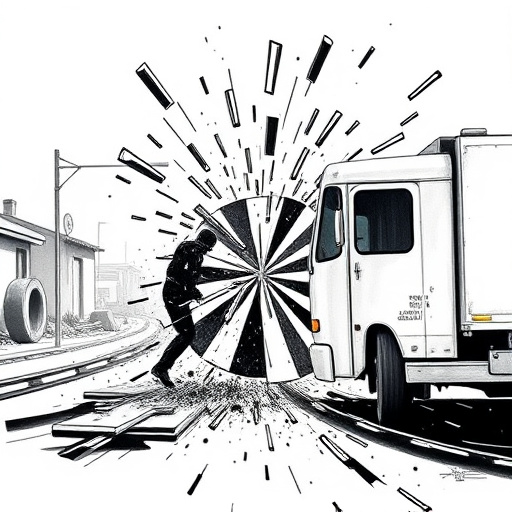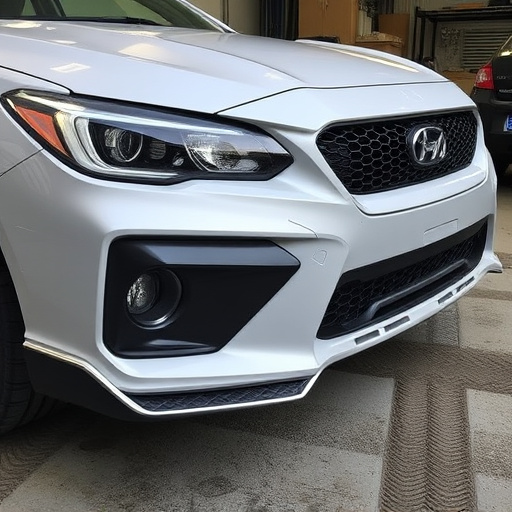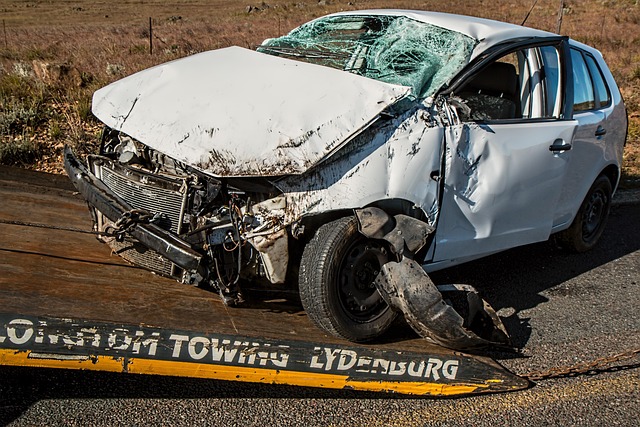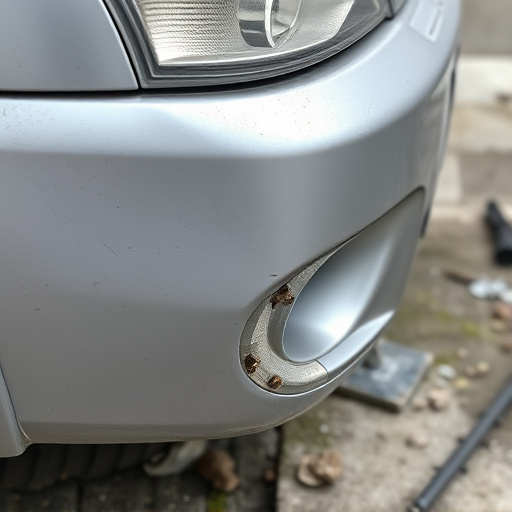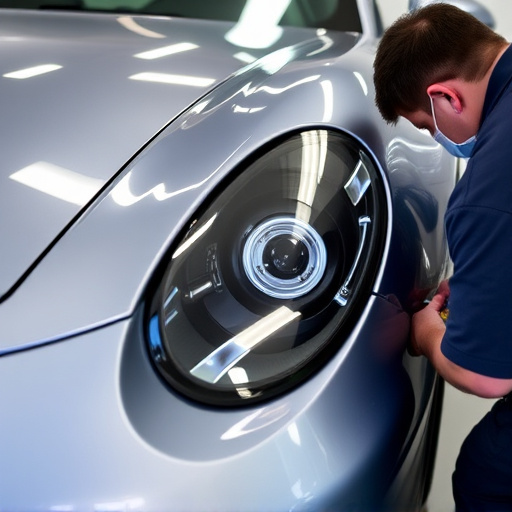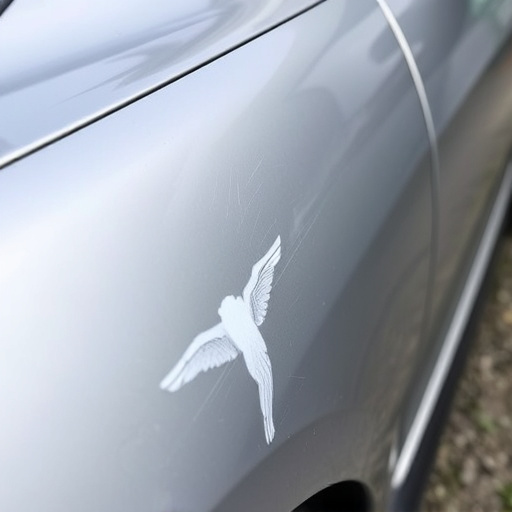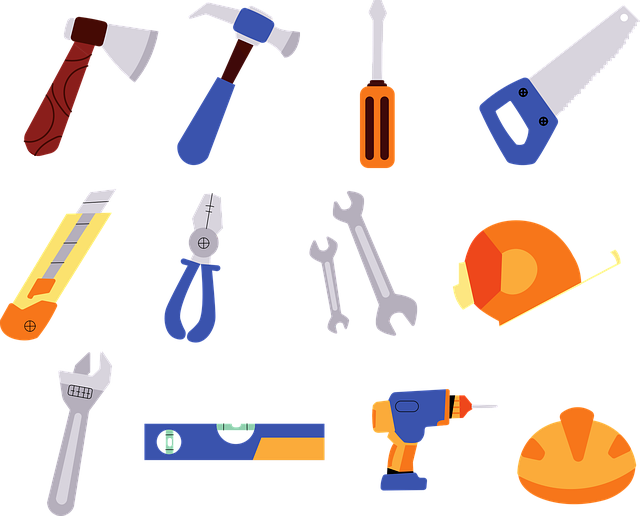Understanding dent repair estimates hinges on cost factors like dent size, vehicle type, and repair techniques. Labor costs, based on technician rates and repair complexity, are a significant influencer, with transparent pricing ensuring no hidden charges. Material expenses vary by damage severity, quality, brand (aftermarket vs OEM), and part type. Accurate estimates require considering both labor and material costs, updated to market prices for precise, comprehensive dent repair quotes.
“Uncovering the mysteries behind dent repair estimates is essential for both technicians and clients. This article navigates the intricate web of costs, exploring what drives labor and material expenses in the dent repair industry. From the breakdown of technician rates and time estimations to regional variations influenced by geography and seasonality, we demystify these factors. Additionally, we delve into creating transparent quotes, emphasizing itemized estimates for client clarity. Understanding these aspects is crucial for accurate dent repair pricing and fostering trust.”
- Understanding Cost Factors in Dent Repair Estimates
- – Labor costs breakdown: technician rates, time estimation
- – Material expenses: types of repairs and corresponding materials
Understanding Cost Factors in Dent Repair Estimates

When evaluating dent repair estimates, understanding the cost factors involved is crucial. The price of a dent repair job in an auto body shop largely depends on several variables, such as the size and severity of the dent, the type of vehicle, and the specific techniques used for fixing the damage. For instance, a simple bumper repair might be less expensive than a more intricate panel replacement. Auto collision repair professionals consider these factors to provide accurate estimates, ensuring customers are aware of potential costs before proceeding with any work.
Additionally, labor costs play a significant role in dent repair estimates. The time required for the repair directly impacts the overall price tag. Complex repairs may take longer, thereby increasing labor expenses. Furthermore, auto body shops often factor in overhead costs, including rent, equipment maintenance, and insurance, which are essential aspects of running a successful business. These considerations collectively contribute to the final dent repair estimates, offering customers a transparent view of what they can expect to pay for their vehicle’s restoration.
– Labor costs breakdown: technician rates, time estimation

When it comes to understanding dent repair estimates, one of the key components is labor costs. These expenses are typically calculated based on the technician’s rate and the estimated time required to complete the job. Technician rates vary depending on their expertise and the type of facility—whether it’s a specialized auto dent repair shop or an auto collision center. Generally, these rates are charged per hour, ensuring that customers pay for the skilled labor involved in repairing their vehicles.
Time estimation plays a significant role in determining the overall cost. Dent repair technicians use their experience to assess the damage and provide an estimate of the time needed to fix it. This includes not just the visible repairs but also any underlying structural adjustments required for a complete vehicle restoration. Efficient and accurate time estimation ensures that customers receive transparent pricing, avoiding surprises during the repair process.
– Material expenses: types of repairs and corresponding materials
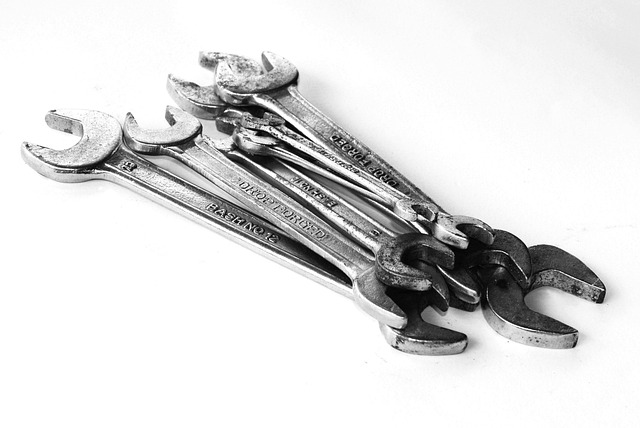
When putting together a dent repair estimate, understanding material expenses is key. Different types of repairs require specific materials, and costs can vary widely depending on factors like quality, brand, and whether aftermarket or OEM parts are used. For minor dents and scratches, basic auto dent repair might use low-cost filler and paint, whereas more severe damage to a vehicle’s body (auto body work) could necessitate expensive metal replacement panels and specialized primers.
Considering the scope of the damage is crucial when estimating material costs for vehicle repair. Simple chip repairs may only require a small amount of dent removal putty and a can of touch-up paint, while larger dents or dings might demand more substantial materials like body kits, which include fenders, grilles, or doors. Staying informed about current market prices for these auto dent repair materials is essential to providing accurate estimates that account for both labor and material expenses.
When crafting dent repair estimates, understanding both labor and material costs is essential. By factoring in technician rates, time estimations, and the specific materials required for each repair, you can provide accurate and transparent quotes. This approach ensures that customers are well-informed about the investment needed for their vehicle’s restoration, fostering trust and satisfaction in the service provided. Remember, clear communication regarding dent repair estimates is key to building a positive reputation in the automotive care industry.
